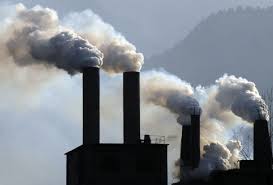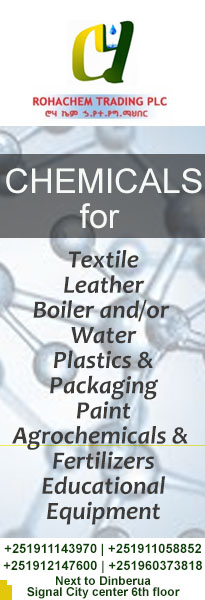
The Ministry of Industry has announced a plan to earn USD 450 million from the export of manufacturing goods in the 2025/26 Ethiopian fiscal year, while simultaneously saving USD 5.689 billion in foreign exchange by substituting imports with locally produced proxy products.
According to the Ministry, this year’s export targets include USD 165 million from food and beverage products, USD 50 million from the leather sector, USD 20 million from chemicals and construction materials, and USD 45 million from manufacturing technology and engineering products. The lion’s share, USD 170 million, is expected to come from textiles and garments.
Ato Tilahun Abay, Executive Director of Strategic Affairs at the Ministry, noted that the country's manufacturing export volume exceeded 162,400 tons in the 2023/24 fiscal year, generating USD 290.167 million in foreign exchange. That figure rose to over 202,700 tons in the current 2024/25 fiscal year, a 24.76% increase in volume, yielding USD 318.27 million, a 9.69% growth in export revenue.
Ato Tilahun highlighted the ministry’s success in penetrating 10 new export markets during the last fiscal year, a 233.33% increase from the previous year. Among the new export items were food and beverage products, coconut oil, eucalyptus essential oil, and frankincense-based cosmetic oils. New manufacturing technology and engineering products such as gas tankers, electrical tower components, and solar panels were also introduced to the export portfolio.
Textiles and clothing were exported to Colombia, Niger, and Liberia, while leather products found markets in Nigeria and Niger. Food and beverage items reached Cyprus and the Dominican Republic, generating more than USD 163,000 in foreign exchange. National alcohol and Castle wine were exported to Japan, Greece, and Hong Kong, earning an additional USD 130,000.
Looking ahead, new product lines will be added in the current fiscal year and the Ministry aims to expand into 12 more countries. However, the ministry acknowledges that efforts are still required to meet foreign exchange earning goals, especially through increased export volume and improved manufacturing competitiveness.
In a related development, the Hawassa Industrial Park reported over USD 45.5 million in export revenue during the recently concluded 2024/2025 fiscal year. The revenue was generated from goods produced by companies operating within the park, which was initially focused on textiles and garments but is now diversifying its investment portfolio.
Executive Manager Mathiwos Ashenafi said the park was attracting international investors, particularly from East Asia. Moreover, Canadian firm Toyo and several solar energy companies have already started operations.
According to the Industrial Parks Development Corporation, special economic zones like Hawassa have become important investment hubs, creating vital market linkages for local farmers and boosting export capacity.
Out of 177 industrial sheds available across special economic zones, 150 have already been taken by local and foreign firms. Over 80 new investment projects were launched in the past nine months alone, demonstrating growing investor confidence in Ethiopia’s industrial future.
Source: The Ethiopian Herald and Ethiopian News Agency


